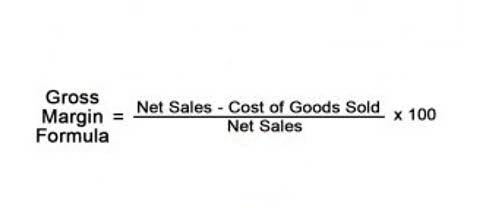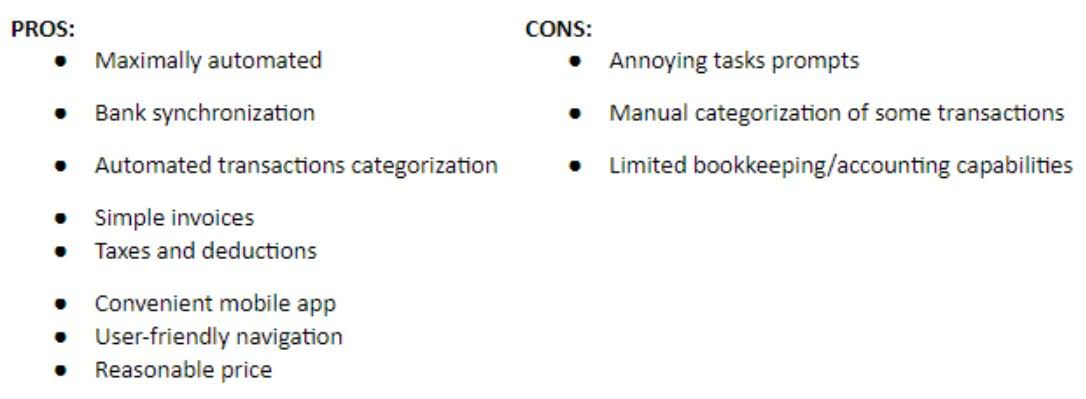
The current variable cost will be higher than before; the average variable cost will remain something in between. When the manufacturing line turns on equipment and variable cost ramps up production, it begins to consume energy. When it’s time to wrap up production and shut everything down, utilities are often no longer consumed. As a company strives to produce more output, it is likely this additional effort will require additional power or energy, resulting in increased variable utility costs.
- Variable costs change with production volume, while fixed costs remain constant regardless of output.
- Understanding the nuances between variable and absorption costing is essential for businesses navigating financial reporting and decision-making.
- You will also have fixed expenses, such as your mortgage or insurance premiums, that you will need to factor into your budget.
- Products with high variable costs applicable to their revenues may be less profitable and such is the case with lower variable costs products which has better margins.
- Direct labor is sometimes a variable cost depending on how you staff your production area.
- If your company provides multiple products or services, you will have to calculate the total variable cost for each product and add them all together to get the total for the whole company.
Get in Touch With a Financial Advisor
Learn financial statement modeling, DCF, M&A, LBO, Comps and Excel shortcuts. Suppose that a consulting company charged 1,000 hours of services to its clientele. Someone unearned revenue on our team will connect you with a financial professional in our network holding the correct designation and expertise. Our goal is to deliver the most understandable and comprehensive explanations of financial topics using simple writing complemented by helpful graphics and animation videos.

A more specific example of variable costs

To achieve this, the company appoints 45 laborers and pays each laborer $18 for a day’s work. After calculating variable expenses, it is applied to conduct a break-even https://www.bookstime.com/ analysis of a firm. Variable costs, if not managed properly, can impact the overall financial performance of a business.
Key Differences Between Variable and Fixed Costs
This inconsistency can make it challenging for investors to compare products or services accurately. Variable costs in wealth management, as previously discussed, are dynamic. From brokerage commissions to performance fees, they encompass a wide array of charges. When investing in mutual funds or ETFs, the fund expense ratio is a key variable cost to consider.

Do you own a business?
This might involve strategies like tax-loss harvesting or ensuring that investments are held long enough to qualify for lower long-term capital gains rates. By design, they have lower expense ratios compared to actively managed funds. The reason being they’re not seeking to beat the market but merely mirror its performance. Active investing, on the other hand, involves attempting to outperform the market, which often requires frequent trading and, consequently, higher costs. Some advisors or fund managers charge fees based on the performance of the assets they manage. Such a structure aligns the interests of the advisor with those of the investor.
- Fixed manufacturing costs are not considered for variable costing accounting.
- In the case of insurance, for instance, regardless of the volume of goods produced and sold, companies must pay their insurance costs.
- Lastly, variable cost analysis is useful when determining your company’s expense structure.
- However, below the break-even point, such companies are more limited in their ability to cut costs (since fixed costs generally cannot be cut easily).
- Sometimes, replacing a high-cost material with a more affordable alternative without compromising on quality can lead to substantial savings.
- Variable Cost Analysis helps businesses assess the profit that can be achieved from each product or service.
- Since costs are related to the volume of sales or output, companies can implement pricing strategies that will change with costs and ensure profit is made even when demand is very high or very low.